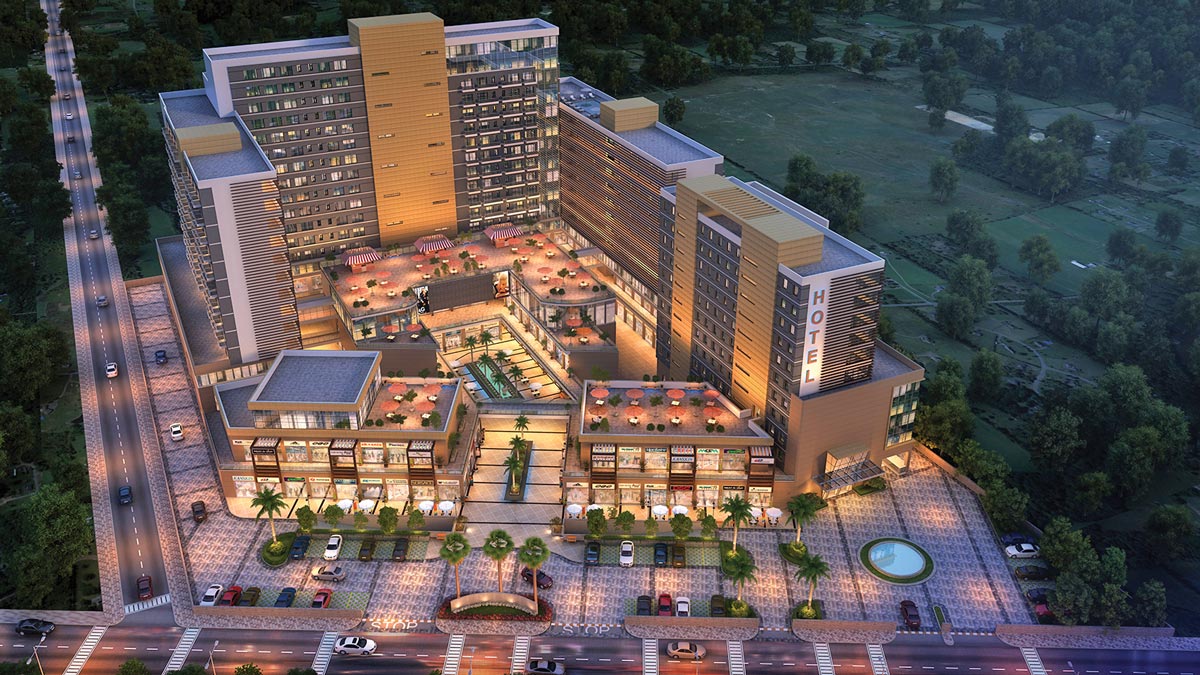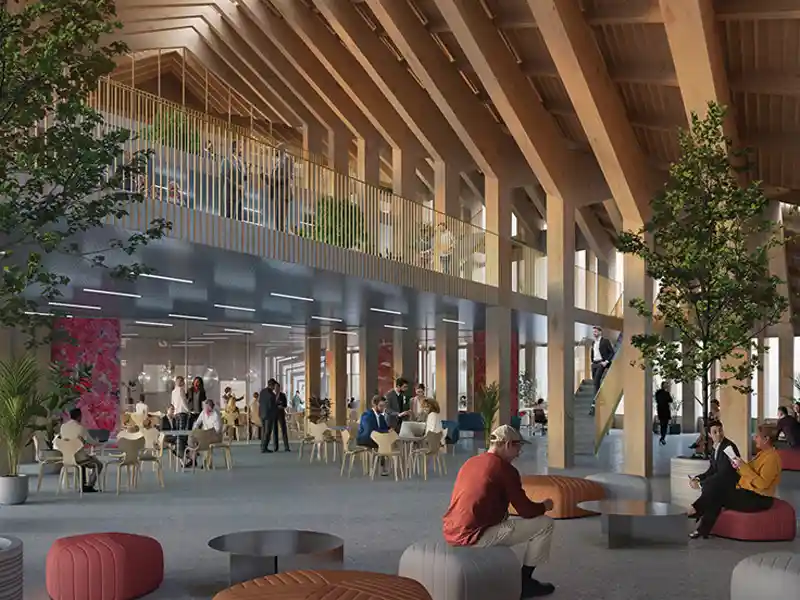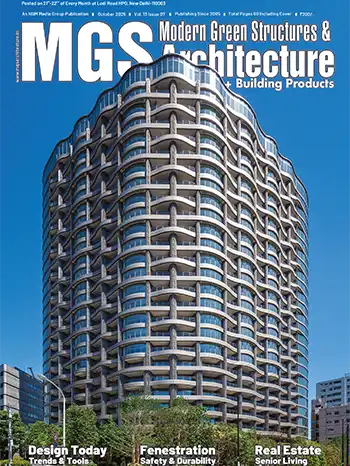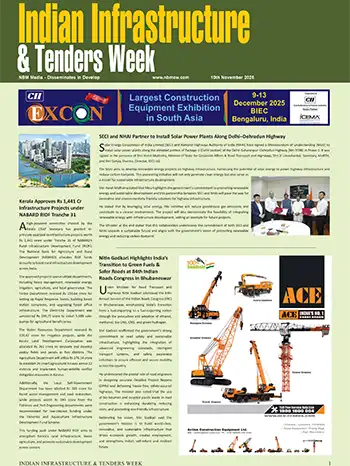
The whole industry is in a transient stage at this moment. The year 2017 saw immense changes due to the new policies and taxation along with factors like TOD (Transit Oriented Development), revised National Building codes, and new bylaws in the state of Haryana.
Real Estate was one industry that was affected the most because of demonetization. The Land transactions took the biggest hit with almost negligible deals happening in first quarter of 2017. The demonetized currencies constituted nearly 85% of the total value of the money in circulation and more of the high value money was spent on real estate business. The payments, especially to workers, were only done by liquid cash and the sudden restriction on withdrawals made the contractor unable to cope with the labour pressure. Due to this, the migrant workforce was bound to flee back home, and the ongoing projects came to a halt. As an architectural firm, the biggest challenge at that time was the slowdown of construction sites due to cash flow issues.

The real estate sector is the largest employer after the agricultural sector. And like all industries, real estate was also hugely impacted by GST. Under the earlier law, buyers were liable to pay taxes depending on the construction status of the property, i.e., whether the property was under construction or complete. The biggest takeaway is that GST is a simple tax that applies to the overall purchase price. The transition from Service Tax to GST was smooth but a high rate of 18% GST definitely needs to be looked into.
 Square One Zirakpur
Square One ZirakpurIn order to use land in an optimum way, TOD opens up dense developments near transit nodes through relaxed FSI norms, thereby increasing the developable area in the same piece of land. Since there is now an increased F.A.R. for the same plot, investors want to avail the benefits, but this has its own challenges. Structural sanctity and additional parking requirements are some of the major challenges in the existing projects.















